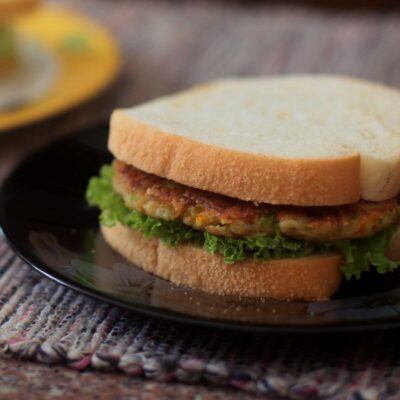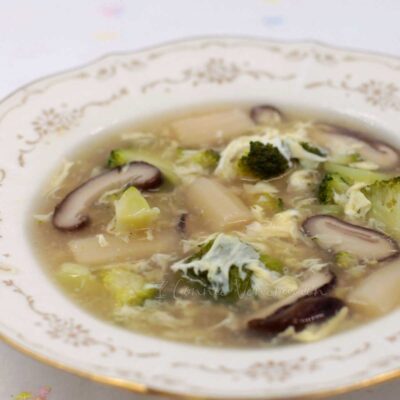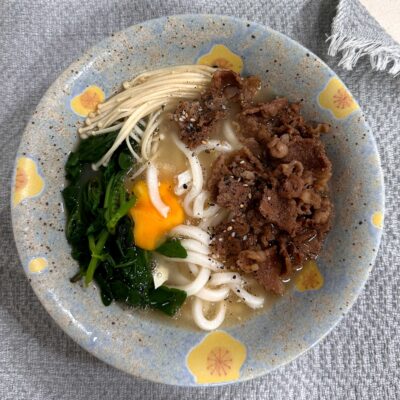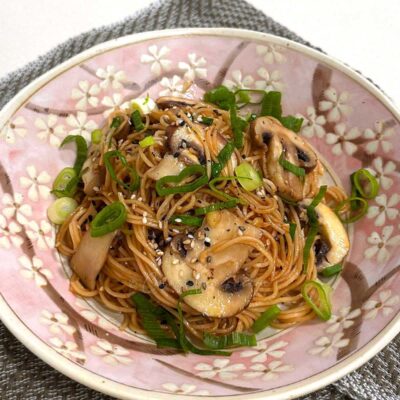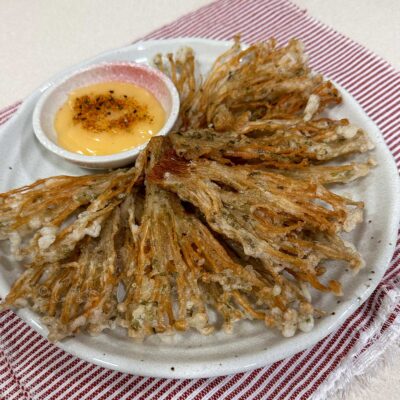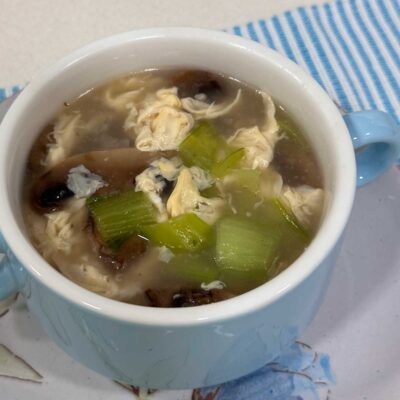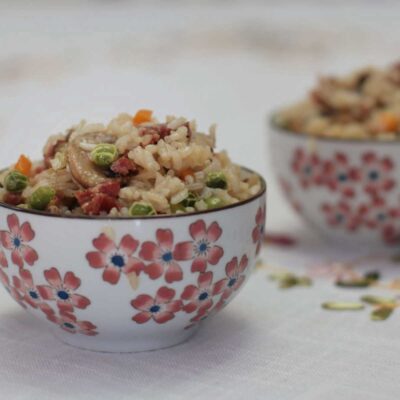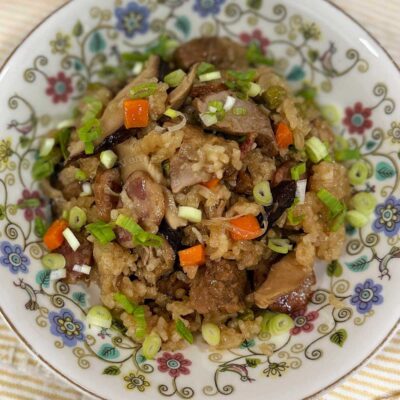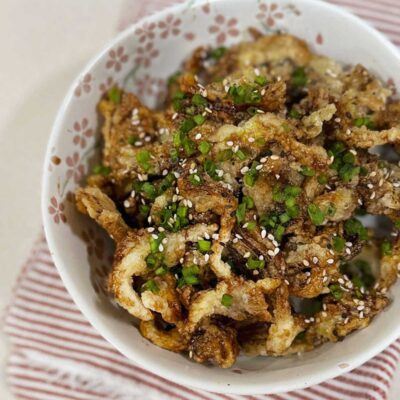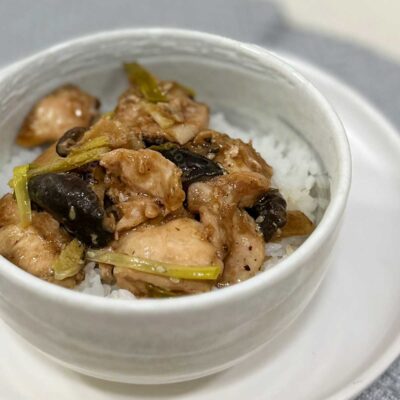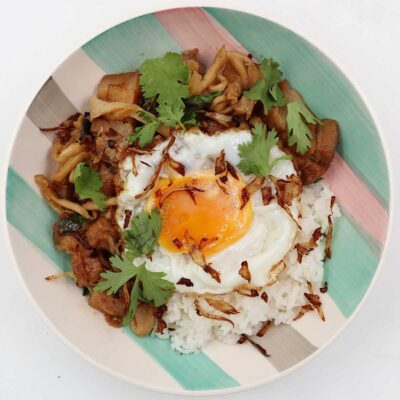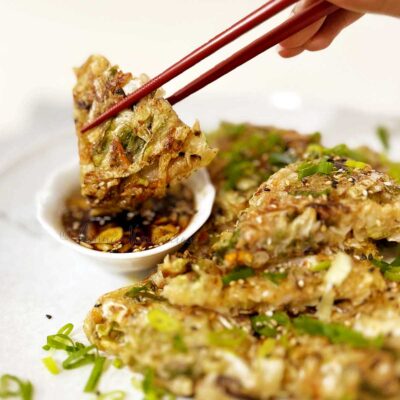Mushrooms
Mushrooms are fungi. We know them mostly as spongy things with stems and caps with gills underneath. Not all mushrooms look that way but most edible mushrooms do have that appearance. Not all mushrooms are edible. Some are poisonous while some can have mind-altering effects.
Edible mushrooms are neither meat nor vegetable but, in cooking, they can be treated as either. For many vegetarians, mushrooms are substituted for meat to add bulk, texture and flavor to vegetables.

